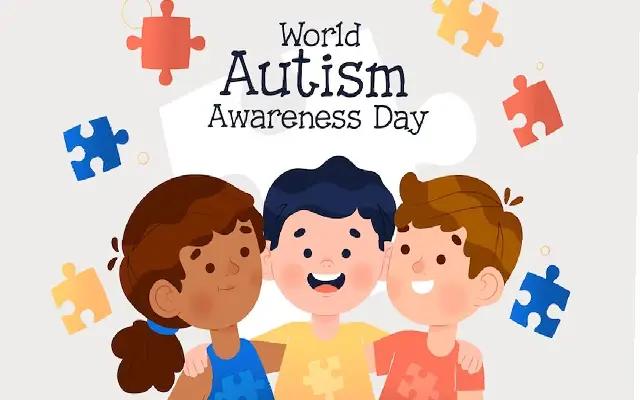 New Delhi: The nutritional needs of a female body differs according to the various phases of life –adolescent (teenage) stage to an adult woman; and finally up to the elderly person (geriatrics). And therefore, one has to be really mindful of taking an adequate amount of nutrition for healthy living.
New Delhi: The nutritional needs of a female body differs according to the various phases of life –adolescent (teenage) stage to an adult woman; and finally up to the elderly person (geriatrics). And therefore, one has to be really mindful of taking an adequate amount of nutrition for healthy living.
Sheela Joseph, Senior Dietician, Sparsh Hospitals, underlines the different nutritional needs and their sources.
Adolescent:
Adolescent or teenage years is a transition between childhood and adulthood, this is about the same period puberty sets in young girls (10 to 13 years). Adolescence is characterized by growth spurts.
Nutrition deficiency experienced during this critical period can have adverse effects on their adult life – malnourished young girls turn to malnourished young women, who then give birth to unhealthy underweight babies.
Energy protein, calcium, and iron are the most important nutrients in this stage. The sufficient amount of whole grains, serials, pulses, and nuts from a balanced diet meets the energy requirement. Proteins from animal sources- eggs, meat, fish, chicken are of higher biological value and are better observed and utilized by the body. Plant-based proteins from dairy such as milk, yogurt, cheese, paneer (cottage cheese), and proteins from whole pulses, nuts, and soy (tofu, tempeh, miso) are recommended.
Iron is vital for the transportation of oxygen in the blood, the deficiency of iron causes anemia which can cause breathlessness, giddiness, fatigue, confusion, and weakness. Adoldesnces is a stage for rapid growth which increases the blood volume and muscle-mass and hence an increased requirement of iron. Menstruation causes young girls to lose blood and if they are not taking a healthy diet they will become anemic.
Including foods rich in iron like eggs, meat, etc. are better observed by the body as they are from animal sources. Greens, whole grains and legumes and millets, dates, figs, raisins, jaggery, are few common foods rich in iron and should be consumed on a daily basis. Squeezing a lime over the cooked foods rich in iron before consumption will help the observation of iron by the body as vitamin c from line helps in the observations of iron.
Calcium – 45 percent of the bone mass is attained during the adolescents and hence adequate calcium intake is important during this stage. Dairy sources like Milk, Yogurt, Cheese, Panner and seeds like sesame seeds are rich sources of calcium. Greens, dals, pulses, and millets are also good sources of calcium. Vitamin d is a very important factor necessary for the absorption of calcium. Exposing large body surface area to sunlight for about fifteen minutes between 10 am to 3 PM helps in the formation of vitamin d in the body.
Good food sources of Vitamin D from food are cod liver oil, salmon, tuner, liver, egg yolks, and sardines. Other sources include certain mushrooms, fortified orange juice, and Soya, almond milk fortified with vitamin D.


















